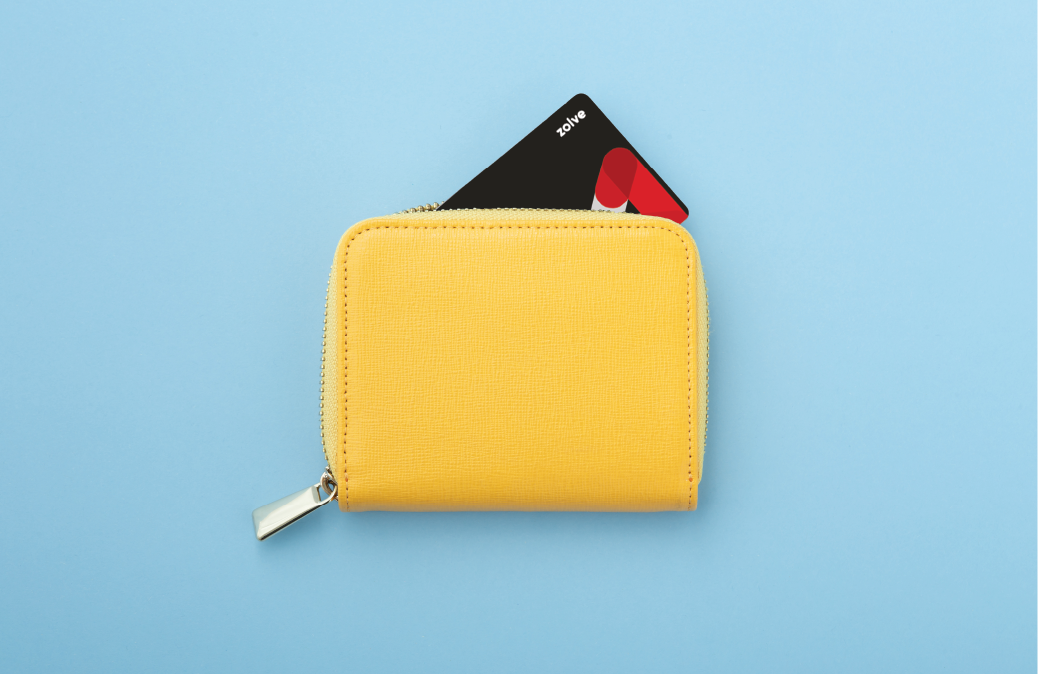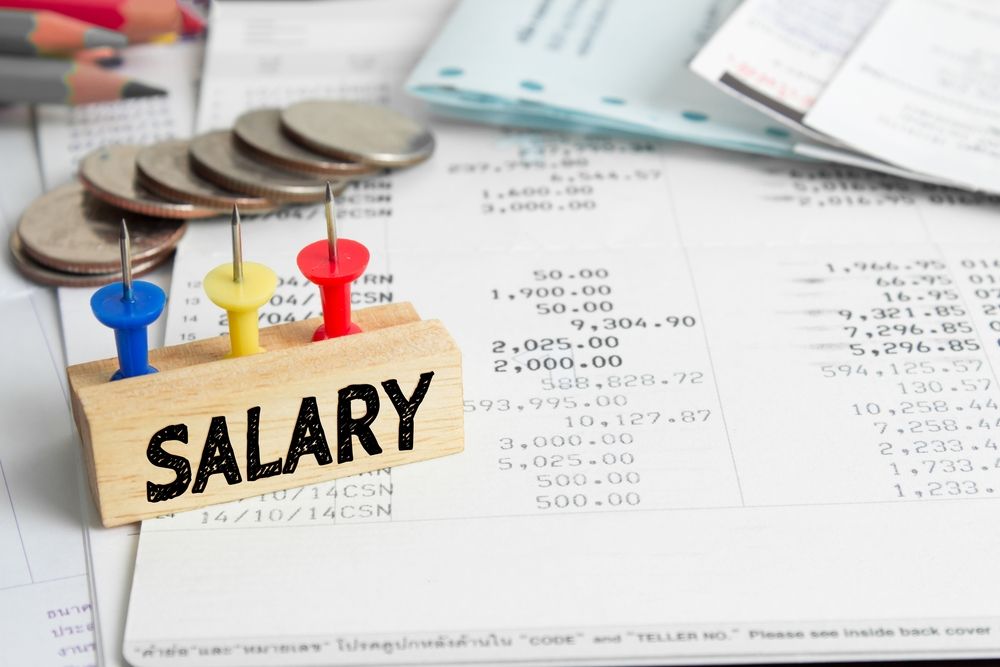Banking terms in the US can seem confusing, especially for a new immigrant. Here’s a quick guide to help you stay informed.
You’ve moved to a new country. You’re dealing with a new culture, new language, new people, and new rules - and it is totally normal if you feel completely lost. But you headed there with a lot of expectations and a bag of dreams, so you would be much better prepared if you understood some important basics, especially when it comes to the country's financial language. It is very important to be aware of the system, and the financial and banking terms, especially when you’ve landed in a new place all alone. Don’t worry, it’s not difficult, and you’ll soon get the hang of it. In this post, we introduce some of the frequently used banking and credit terms in the US.
What type of banking system does the US have? The US banking system is one of the largest in the world and is often considered to be quite complicated, especially by immigrants. The US follows a dual banking system, where national banks are regulated at the federal level and state banks are regulated by their respective state laws. We will do a detailed dive into the American Banking System in a separate post. For now, let’s make a couple of quick lists of banking and credit terminology.
Know Your Basic Banking Terms
Checking Account
A type of deposit account into which you can deposit and withdraw funds at your will. Generally, there would not be any limit on these transactions, and there is nominal or no interest earned on the balance in your checking account. Checking accounts are mostly used for paying bills and receiving a salary, and for everyday transactions - which differentiates it from a savings account.
Savings Account
This type of deposit account is not intended for daily use, and is tailored towards saving. The money in this account earns a higher interest rate than that in a checking account, though these rates can vary according to the bank. It’s usually a good idea to let larger sums of money “sit” in a savings account and accumulate interest over time. One may deposit money into this account at any time, but certain types of withdrawals are limited to six per month.
Certificate of Deposit (CD)
This is a type of account that allows you to make deposits that are payable at the end of a specified time. It generally pays higher interest rates than a checking or savings account. In case of an early withdrawal, it will attract a penalty.
Routing Number
This nine-digit code acts as an identity of your bank based on its geographic location. It is at the bottom left-side of your cheque. When you make an online payment and are asked for a ‘checking account routing number’ or RTN (Routing Transit Number) or an ABA routing number, this nine-digit code is what you need to use.
Overdraft Fee
An overdraft fee is incurred when your checking account does not have enough funds to cover a payment that is requested. The financial institution will pay what your account lacks, after which your account may have a negative balance. Overdraft fees can be quite hefty (an average of $35 per overdraft transaction).
Federal Deposit Insurance Corporation (FDIC)
The FDIC is an independent agency backed by the United States Government. When an FDIC-insured bank or savings association fails, FDIC insures the deposit account holders for their losses up to $250,000 per depositor, per insured bank, for each account ownership.
Compound Interest
You may remember this from school, but to refresh your memory: this is the interest that applies to the principal amount and also on the newly earned interest.
Annual Percentage Rate (APR)
This is the rate of interest that the bank pays on your deposit account during a year. It does not include compounded interest.
Annual Percentage Yield (APY)
It is the amount of interest the bank pays on your deposits in the account during a year. It includes both the interest paid on the amount deposited in the account and compounded interest of the year.
Bounced Check
A check that gets returned to the depositor if there is an insufficient amount in the account. The depositor must pay a returned item fee in this case.
Now you know some of the essential banking terms you may come across in your daily life. But this isn’t all there is to it. There’s a lot to learn about credit.
If you are a migrant, from whichever country, you may feel that the emphasis the US gives on credit is high. When you arrive in the US, you will need a phone, a house, a credit card, a loan - the list goes on and on. For all of this, you need to show your credit history. But wait, what is credit history? Let’s go over some seemingly complex but actually simple credit terms used in the US.
Basic Credit Terms in the US
FICO Score
A FICO score is a three-digit number ranging between 300 and 850 that assesses a borrower's credit risk. If the FICO score is high, it indicates that the credit is more likely to be repaid by the borrower. If it is low, the reverse is true, and a higher rate of interest may be charged on any credit or loan to compensate for the added risk. The FICO score is calculated from components such as your payment history, the amount of debt you hold, the length of your credit history, new credit, your credit mix, etc, all of which are combined in specific ratios to constitute your FICO Score. (In case you’re wondering, FICO stands for Fair Isaac Corporation. It’s a major analytics software company that changed its name to FICO in 2009. Its consumer credit scores are the most widely used; financial institutions refer to the FICO score to decide whether to lend money or issue credit.)
Credit History
It's the record of the use of debt by any individual. In the US, it is maintained by three major credit bureaus: Experian, TransUnion, and Equifax. They track every individual's financial history and compile it to make a credit report. This helps lenders to define the terms of providing credit.
Secured Credit Card
Secured credit cards are designed for people with no or poor credit history. These credit cards are “secured” in the form of a refundable cash deposit. The issuer of the credit card holds the deposit, and the cardholder can use the card just like any other credit card in the market.
Secured credit cards generally carry high fees and complicated terms, taking advantage of the borrower's situation. For example, you can get a $1,000 secured credit card by depositing $1,000. But they are useful for establishing or rebuilding your credit history.
Unsecured Credit Card
These are the most common types of credit cards and do not require any collateral. Your credit history, financial strength, and earning potential will generally help you in getting these cards.
Finance Charge
This is the total cost of borrowing, and includes interest and fees. These are applicable only when you carry over a balance from one billing cycle to the next. Your provider might have a minimum finance charge, which is levied if your finance charges are below this minimum amount. If, for example, the minimum finance charge is $0.40, and your finance charge is $0.25, you will still have to pay $0.40.
Credit Line
Credit line is also known as the credit limit. For your credit card, this is the maximum amount that you can use. Your credit score may have a substantial impact on determining this amount and it varies between providers.
Minimum Payment
This is the lowest amount to be paid on your monthly credit card statement. The industry standard of minimum payment includes interests, fees, and 1% of the total principal amount, but the details depend on your provider.
Grace Period
This is the duration when you are allowed to pay your credit card bill without any interest. It has to be at least 21 days.
Over-limit Fee
When you try to make a transaction that will take your borrowing higher than the approved credit limit, this fee is charged. A customer can choose to opt-in or opt-out for this particular fee. Also, this fee cannot be higher than the difference between overall credit and credit limit.
Chargeback
A credit card chargeback happens when a transaction is reversed, which transfers credit from a merchant to a credit card customer. A return transaction goes through the customer's bank, the credit card payment exchange, and the merchant's bank, thus involving multiple parties. When customers challenge a transaction made from a merchant, they may initiate a chargeback.
A Step Closer to Understanding the American Banking System
Feeling more in control of the situation now? You have taken a big step toward understanding the American banking system after reading this post, and are on your way to understanding the A-Z of banking in the US. Keep educating yourself on the specifics of each term, and always make informed decisions when it comes to your money. Zolve can help you open a bank account in the US, so contact us when you’re ready for the move.
Follow this space for more posts like this. We hope they will help make your life more comfortable in the US.
Disclaimer: The products, services, and offerings mentioned in this blog are subject to change and may vary over time. We recommend visiting our official website for the most up-to-date information on Zolve's offerings.
Read More About the US Banking System
Types of Bank Accounts in the US
Opening a US Bank Account as a Non-resident
Disclaimer: The products, services, and offerings mentioned in this blog are subject to change and may vary over time. We recommend visiting our official website for the most up-to-date information on Zolve's offerings.




